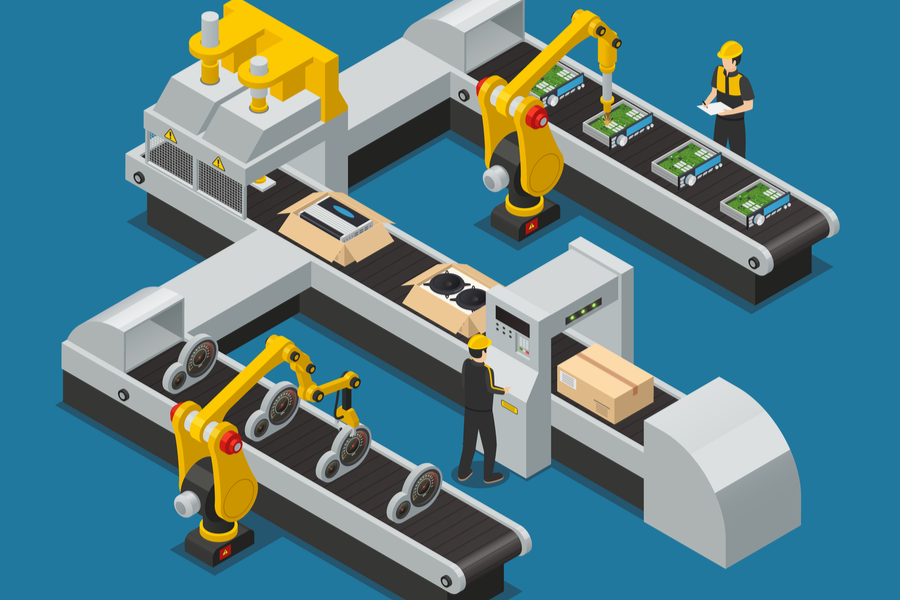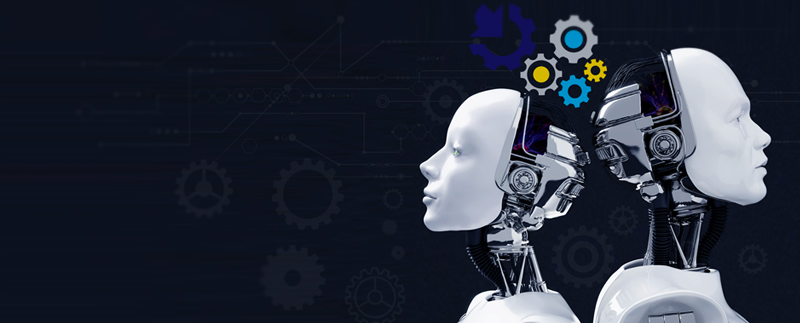“We are not progressing but technology does
By that definition it will plod on by us
The robots are taking over”
The song titled 'Robots Are Taking Over' by The Streets echoes how technology is evolving faster than people. With automation getting the best of us, it might even be taking control of our lives. Other pop-culture trends too have mirrored the same action where robots would one day begin to dominate. But in the business world, the automation phenomenon is taking the world by storm. Today many enterprises have developed cutting-edge platforms to replicate human intelligence in a manner that was unimaginable a few years ago.
From performing simple rudimentary tasks such as data entry, list management, or database management, robots are designed to work on more sophisticated tasks such as writing literature, composing music or even running an entire contact center. Robotic Process Automation (RPA) is definitely a game changer and this technology has the potential to change the way we work.
What is RPA and how is it different from other process automation?
Though process automation has been around for a while, Robotic Process Automation (RPA) is a specific type of automation. Robotic Process Automation doesn’t involve ‘robots’ in the physical sense. Instead, it makes use of a software with Artificial Intelligence (AI) and Machine-learning capabilities to handle high volume, repeatable tasks that were previously performed by humans. In other words, RPA creates an intelligent software-based robotic digital workforce that automates repetitive manual data-intensive work. These functionally trained bots or virtual workers execute rule-based information processes, improving accuracy and efficiency.
Unlike traditional IT automation, RPA’s software has the ability to be aware of and adapt to changing situations, exceptions, and circumstances. Once the RPA software is disciplined to capture and interpret the actions of specific processes in existing software applications, it can then manipulate data, trigger responses, initiate new actions and communicate with other systems autonomously.

Should you invest in RPA?
The advantages of artificial intelligence and RPA are manifold. Besides the reduction in costs, lowering error rates, improving service, reducing turnaround time, and improving compliance there are other benefits as well.
- Better allocation of resources – While day-to-day tasks are taken care of by RPA, staff are free to apply their skills and abilities to support more complex and important business initiatives.
- Removal of routine repetitive tasks – Repetitive and rote tasks can be automated and this in a way boosts the morale of the employees. They can better utilize their skills to deal with more complex issues.
- Improved accuracy and reliability – With robots being programmed to follow set rules, there is little or no scope for error.
- Flexibility and scalability – Once the set of instructions is finalized and scheduled to be implemented at a particular time, it can be easily deployed. Moreover, it is also possible to reassign a process.
- Accuracy and improvement in first time processing – Most robots are transactional robots that can self-validate and have complex exception management strategies. Hence, they can be trusted to execute tasks more accurately.
- Speed to market – Responding to market dynamics, RPA makes it possible to automate new processes.
On one hand, the world is becoming digitally savvy and organizations should act quickly with foresight and innovation to meet the growing customer expectations. On the other hand, RPA is set to grow exponentially in the coming years. It is time for organizations to change their old ways of thinking and legacy systems and instead look at investing in technologies that help create holistic customer experiences.
- Categories
- Tags
- Archives
Subscribe For Updates
Get the Servion Blog updates in your inbox.
Recommended For You
- Average Handling Time (AHT): still the lynchpin of contact centers management?
- Why is customer service still a challenge in today's business landscape?
- The Evolution of Remote Call Centers: Enhancing Customer Experience in a Virtual World
- From Interactions to Journeys: How to Start Managing CX Holistically
- Why isn’t anyone talking about contact center reporting?











